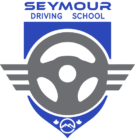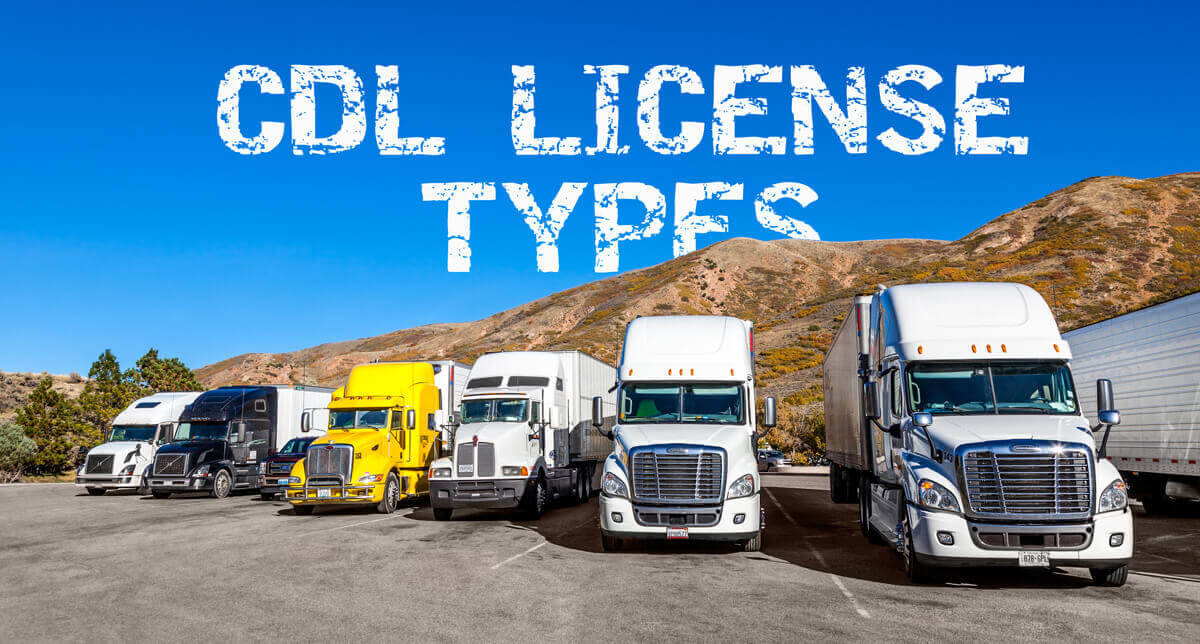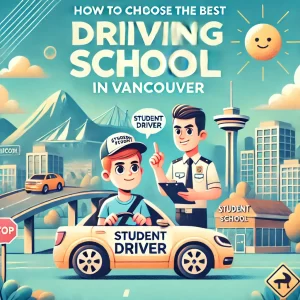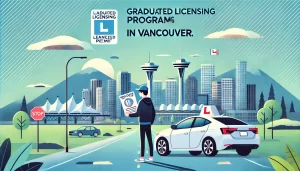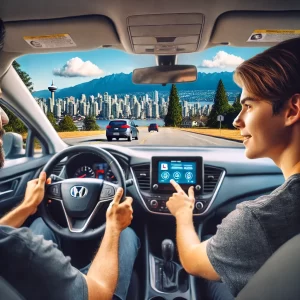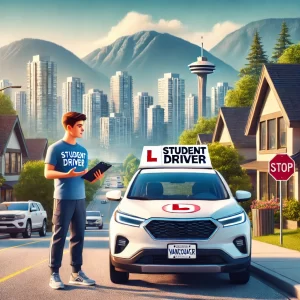If you’re considering a career in the trucking or transportation industry, earning your Commercial Driver’s License (CDL) is a crucial step. The CDL opens doors to lucrative job opportunities, job stability, and the ability to travel across the country. In this guide, we’ll cover the essentials of obtaining your CDL license, its benefits, and tips to succeed.
What is a CDL License?
A CDL (Commercial Driver’s License) is a special license required to operate large, heavy, or hazardous material-laden vehicles in the United States. These vehicles include tractor-trailers, buses, and tankers. The Federal Motor Carrier Safety Administration (FMCSA) regulates CDL licensing to ensure safety and compliance on the roads.
CDL License Classes
CDLs are divided into three main classes based on the type and weight of the vehicle:
Class A
Required to operate vehicles with a gross combination weight rating (GCWR) of 26,001 pounds or more, provided the towed vehicle weighs more than 10,000 pounds.
Examples: Tractor-trailers, flatbeds, and tankers.
Class B
Covers single vehicles with a GCWR of 26,001 pounds or more and towing units weighing less than 10,000 pounds.
Examples: Box trucks, dump trucks, and buses.
Class C
Needed for vehicles designed to transport 16 or more passengers or hazardous materials.
Examples: School buses and hazmat vehicles.
Steps to Get Your CDL License
1. Meet the Basic Requirements
Before applying for a CDL, ensure you meet the following criteria:
Be at least 18 years old (21 for interstate driving or hazmat endorsements).
Hold a valid driver’s license.
Have proof of U.S. citizenship or lawful permanent residency.
Pass a Department of Transportation (DOT) physical exam.
2. Study the CDL Manual
The CDL manual provides essential information about state and federal regulations, vehicle operation, and safety standards. It is your primary resource for preparing for the written test.
3. Obtain a Commercial Learner’s Permit (CLP)
Pass a written knowledge test to receive your CLP.
Hold the CLP for at least 14 days before taking the skills test.
4. Enroll in CDL Training
While not mandatory in all states, professional CDL training programs are highly recommended. Training includes hands-on driving practice, safety protocols, and vehicle inspection procedures.
5. Pass the CDL Skills Test
The skills test consists of three parts:
Pre-trip Vehicle Inspection: Demonstrate knowledge of inspecting your vehicle.
Basic Controls Test: Show proficiency in basic driving maneuvers.
Road Test: Prove your ability to operate the vehicle safely on public roads.
CDL Endorsements
Enhance your career opportunities by obtaining additional endorsements, such as:
Hazardous Materials (H): For transporting hazardous materials.
Tanker (N): For vehicles carrying liquid loads.
Passenger (P): For buses and other passenger vehicles.
Double/Triple Trailers (T): For towing multiple trailers.
Benefits of a CDL License
High Earning Potential
CDL drivers often earn competitive salaries, with additional pay for overtime and specialized endorsements.
Job Security
The trucking industry is essential to the economy, providing stable and consistent demand for drivers.
Travel Opportunities
Enjoy the freedom of exploring different regions while earning a living.
Career Flexibility
A CDL allows you to explore diverse roles, from local delivery to long-haul trucking.
Tips for Success in CDL Training and Testing
Practice Regularly: Familiarize yourself with the vehicle and road scenarios.
Learn State-Specific Rules: Each state may have unique CDL requirements.
Stay Healthy: Pass the DOT physical by maintaining good health.
Seek Support: Join study groups or online forums for additional tips and resources.
Conclusion
Earning your CDL license is a valuable investment in your career. Whether you’re starting fresh or seeking new opportunities in transportation, a CDL provides financial rewards, stability, and the freedom of the open road.
Ready to improve your driving skills in Vancouver? Contact a Seymour Driving School today and explore their refresher course options!
